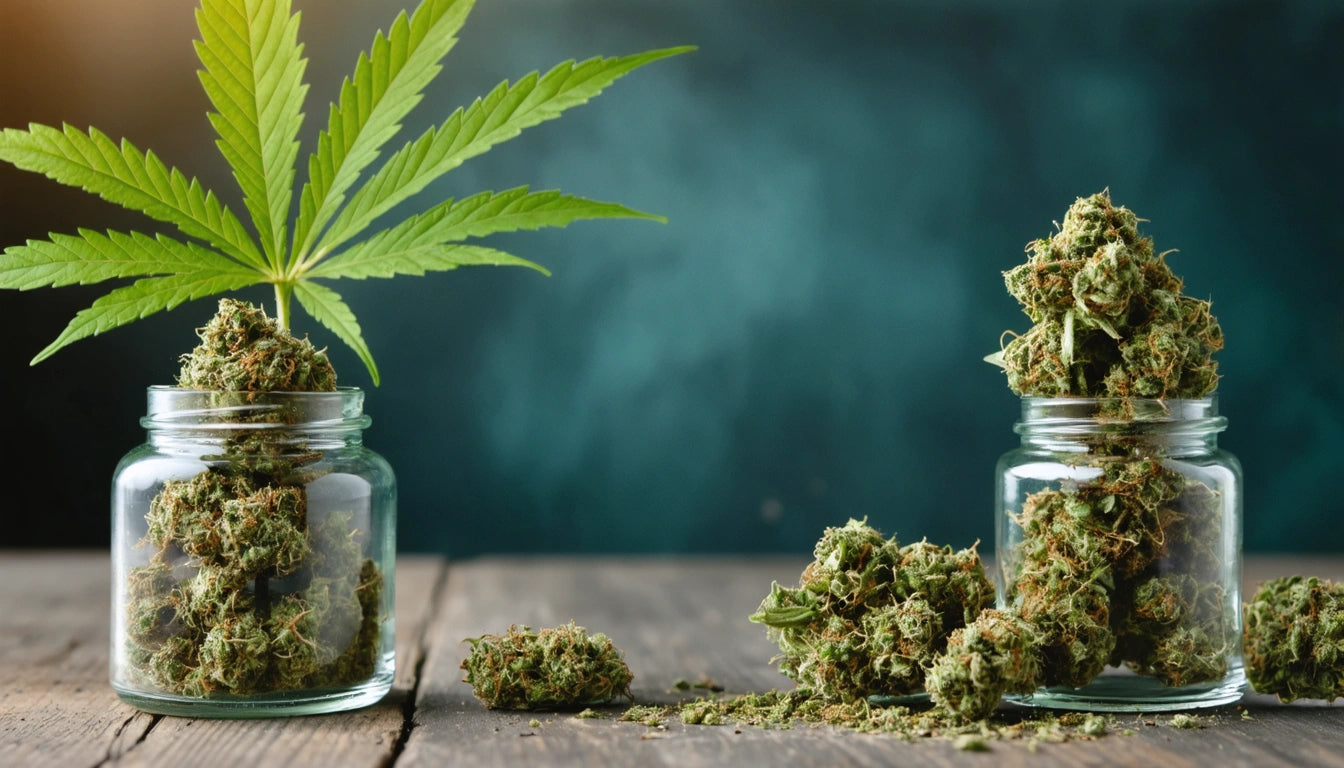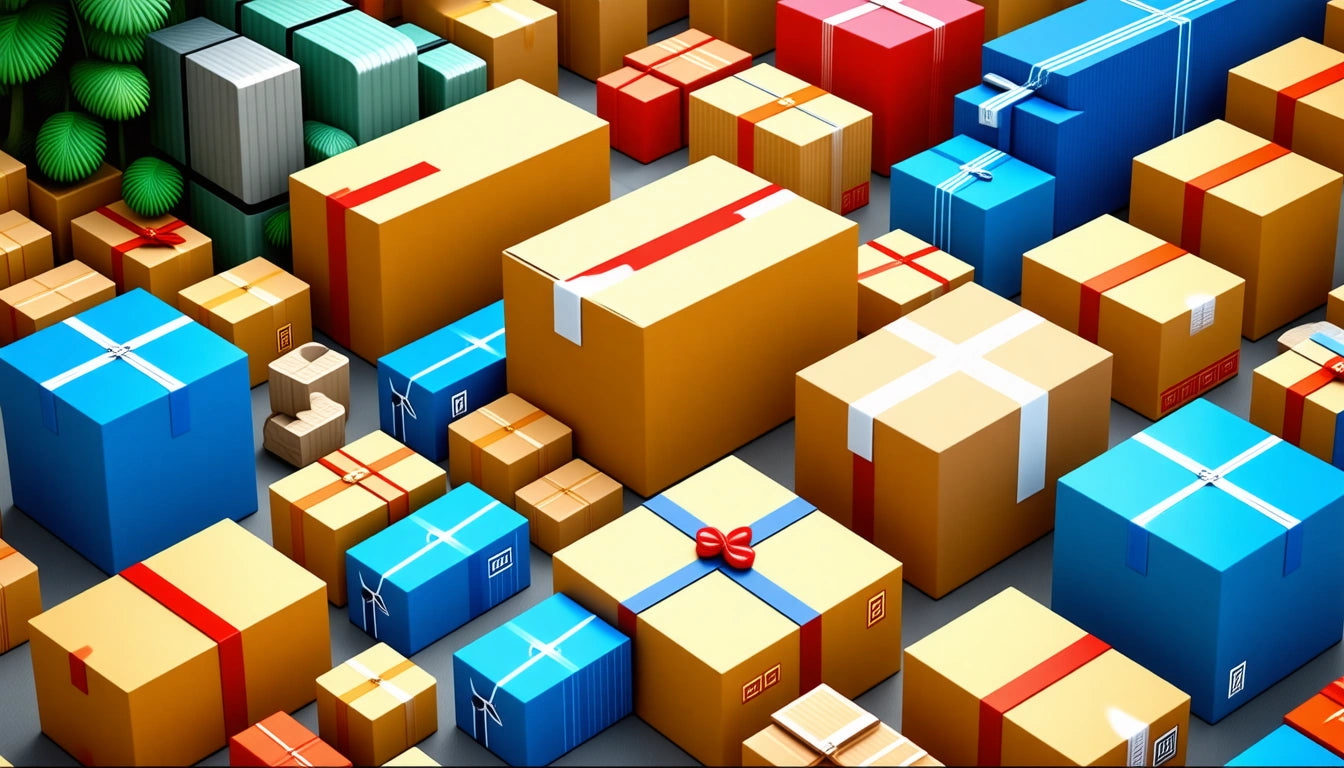Understanding Polyethylene and Virgin Plastics: A Comprehensive Guide
Polyethylene stands as one of the most widely used plastics globally, appearing in everything from packaging materials to household products. Understanding what polyethylene plastic is and how it differs from other materials can help businesses and consumers make informed decisions about the products they use and sell.
What is Polyethylene Plastic?
Polyethylene is a thermoplastic polymer consisting of long chains of ethylene monomers. It's characterized by its versatility, durability, and chemical resistance. As the most common plastic in the world, polyethylene accounts for approximately 40% of the total global plastic production.
The basic building block of polyethylene is ethylene (C2H4), which undergoes polymerization to form long molecular chains. This process transforms the gas ethylene into a solid plastic material with valuable properties for numerous applications.
Types of Polyethylene
Low-Density Polyethylene (LDPE)
LDPE features a relatively branched polymer chain structure, giving it flexibility and transparency. Common applications include:
- Plastic bags and films
- Squeeze bottles
- Flexible container lids
- Wire and cable insulation
High-Density Polyethylene (HDPE)
HDPE has a more linear structure with fewer branches, resulting in stronger intermolecular forces and higher density. It's used in:
- Milk jugs and water bottles
- Plastic lumber
- Toys
- Secure packaging solutions like child-resistant containers for pharmaceuticals and cannabis products
Linear Low-Density Polyethylene (LLDPE)
LLDPE combines properties of both LDPE and HDPE, offering enhanced strength and flexibility. Applications include:
- Stretch wrap
- Plastic wraps
- Flexible tubing
Virgin Plastic Defined
What is virgin plastic? It refers to plastic resin that has been newly manufactured from raw materials (typically petroleum or natural gas) and has never been used or processed before. Virgin plastic contrasts with recycled plastic, which has been reprocessed from previously used plastic products.
Virgin plastic offers several advantages:
- Consistent quality and performance
- Higher purity levels
- Greater strength and durability
- Predictable processing characteristics
- Compliance with food-grade and medical regulations
The production of virgin polyethylene begins with the extraction of raw materials, as detailed in this overview of the journey from crude oil to plastic bottles.
Manufacturing Process
The creation of polyethylene plastics involves several key steps:
1. Extraction and Refining
The process begins with extracting crude oil or natural gas, which contains hydrocarbons. These raw materials undergo refining to separate various components.
2. Cracking
Thermal cracking breaks down large hydrocarbon molecules into smaller ones, including ethylene. This process typically occurs at high temperatures (800-900 °C).
3. Polymerization
Ethylene monomers are linked together to form long chains of polyethylene. This process can use different catalysts and conditions to create various types of polyethylene with specific properties.
4. Additives and Compounding
Various additives may be incorporated to enhance specific properties such as UV resistance, color, or flame retardation.
Applications and Uses
Polyethylene plastics serve countless applications across industries:
Packaging
Polyethylene dominates the packaging industry due to its versatility, cost-effectiveness, and protective qualities. When comparing materials, many businesses evaluate glass vs. plastic containers based on specific product requirements.
Construction
In construction, polyethylene appears in pipes, insulation, and vapor barriers. HDPE pipes, in particular, have largely replaced metal pipes in many water supply systems due to their corrosion resistance and flexibility.
Consumer Products
From toys to household items, polyethylene plastics appear in countless consumer products. Their safety profile makes them suitable for items that come into contact with food or are used by children.
Medical Applications
Medical-grade polyethylene is used in implants, prosthetics, and various medical devices due to its biocompatibility and chemical stability.
Environmental Considerations
While polyethylene offers numerous benefits, its environmental impact remains a significant concern:
Recycling Challenges
Although polyethylene is technically recyclable, understanding plastic recycling limitations is crucial. Different types of polyethylene must be sorted and processed separately, complicating recycling efforts.
Biodegradability
Conventional polyethylene is not biodegradable and can persist in the environment for hundreds of years. Research into biodegradable alternatives continues to advance, offering potential solutions to this challenge.
Alternatives
As sustainability concerns grow, bioplastics and other alternative materials are gaining traction. These materials aim to provide similar functionality while reducing environmental impact.
Future Innovations in Polyethylene Technology
The polyethylene industry continues to evolve with several promising developments:
- Enhanced recyclability through better design and additive technologies
- Bio-based polyethylene made from renewable resources like sugarcane
- Degradable polyethylene variants with controlled breakdown properties
- Advanced barrier properties for extended product shelf life
- Reduced material usage through improved strength-to-weight ratios
As regulations tighten and consumer preferences shift toward sustainable options, the polyethylene industry faces both challenges and opportunities for innovation. Understanding what polyethylene plastics are and their properties will remain essential for businesses navigating this evolving landscape.











Leave a comment
All comments are moderated before being published.
This site is protected by hCaptcha and the hCaptcha Privacy Policy and Terms of Service apply.